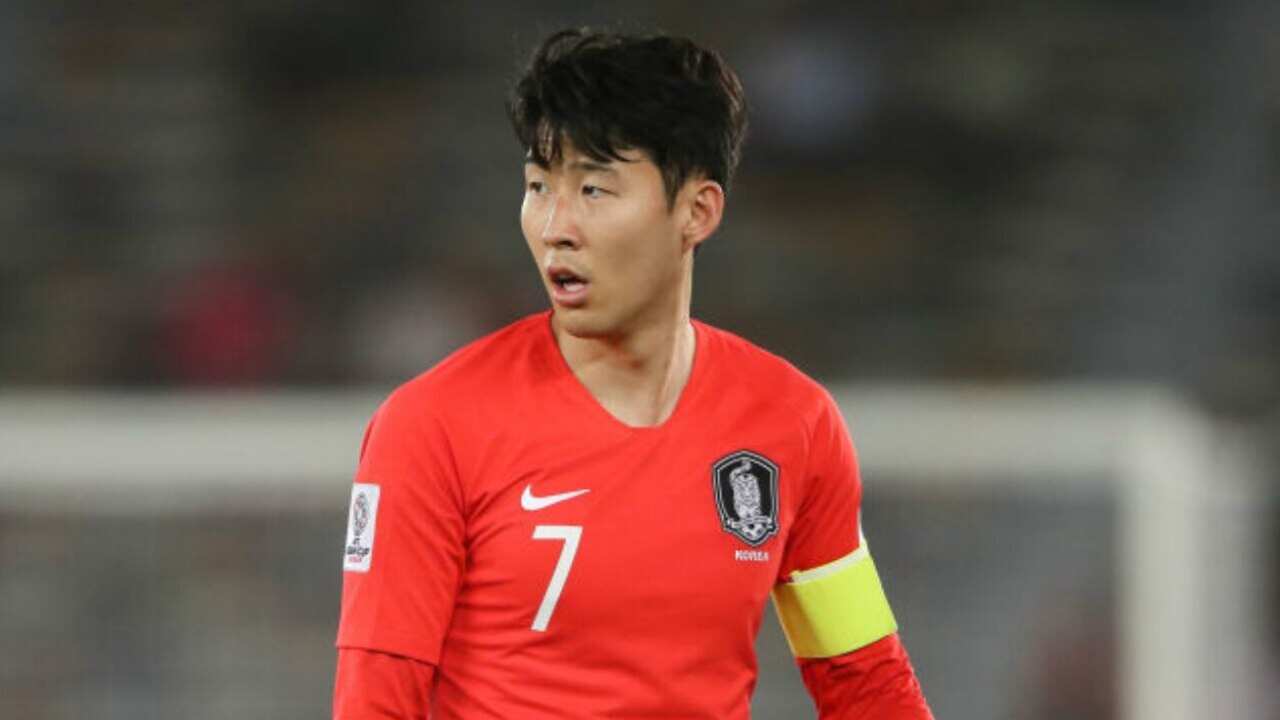Three of those Taeguk Warriors named in the squad are playing in the second tier of Korean football which should be of interest given the recent news that a second division in Australia may have moved a step closer.
Should Lee Jeong-hyeop, who scored against Australia during the 2015 Asian Cup, find the net again then it will be another feather in the cap of the K League 2.
There is also Ju Se-jong and Kim Moon-hwan named by coach Paulo Bento.
In fact, at the 2018 FIFA World Cup Jo Hyeon-woo, one of the best goalkeepers in the tournament, was battling for promotion with Daegu FC.
At the start of this decade, Korea was one of the few major leagues in Asia not to have promotion and relegation despite having the oldest professional competition.
There had been flirtations such as in 2006 when Goyang Kookmin Bank defeated Gimpo Hallelujah (a deeply religious club where, instead of a pre-match huddle, players arranged themselves to make the sign of a cross before kneeling in prayer and then tried to convert journalists in post-match interviews) in a second-tier promotion play-off before deciding that they actually didn’t really want to make the step up.
The concept of promotion and relegation never really took hold however.
The fear was mostly that the conglomerates that finance a number of the clubs in Korean football would not take kindly to finding themselves in the second tier and could even pull the plug entirely.
A massive match-fixing scandal that involved over 50 players and coaches and resulted in three, perhaps four, deaths, changed everything.
Authorities - under pressure from the Asian Football Confederation, FIFA and the government - vowed to revamp the whole system and introduce much more professionalism.
A stronger foundation was needed and having a second tier with a pathway to the top became a priority.
Relegation came into existence in 2012 with Gwangju FC falling through the trapdoor.
In the years since, promotion and relegation have become a feature of Korean football.
In truth results have been somewhat mixed in that it has not been the cure-all that its proponents predicted but neither has it been nowhere near as bad as others foretold.
Most relegated clubs have worked hard to get back up the ladder.
Overall though, it has been a boon for Korean football even if it could have been better.
Had the smaller teams taken the time and effort to establish themselves as part of their local communities, as happened in Japan when the second division went professional in 1999, the situation may be brighter.
This, though, is an area where Korean football has traditionally struggled.
The fact that the K League 1 has struggled in recent years has not helped.
The bigger and better the top tier, then the healthier the second will be.
The K League 1 has seen dwindling crowds and interest in recent years with serious structural and cultural issues that were never going to be solved by the introduction of promotion and relegation.
If the top tier returns to former heights in terms of popularity then the second tier will bask in some of that reflected glory.
But hitherto, while promotion and relegation battles and play-offs have had decent play in the media, the wider public have not yet taken the drama to heart.
What it has done however is help widen and deepen foundations underpinning one of Asia's toughest leagues.
The K League 2 provides opportunities for players, coaches and other staff (as well as officials who would otherwise have nowhere to go) and does so very well.
Hwang In-beom, a talented midfielder who should feature in Busan was in the league when bought by Vancouver Whitecaps for US$1.8 million (A$2.6 million) in January.
The league is more than capable of developing international class players and keeping them sharp.
Just how sharp? The Socceroos may find out on Friday.










